Are you considering a unique and rustic interior design for your home? Look no further than the barn door trend. Barn doors have become increasingly popular in recent years, adding a touch of charm and character to any space. In this article, we will explore the pros and cons of barn door interior design, helping you determine if it’s the right choice for you.
Pros of Using Barn Doors in Interior Design
Barn doors are a popular trend in interior design that can add a rustic or modern touch to any space. Barn doors are sliding doors that typically hang from a metal track and cover a doorway or an opening. They can be made from various materials, such as wood, metal, glass, or fabric, and come in different styles, colors, and finishes.
Here are some pros of using barn doors in your home:
- Space-saving: Barn doors do not require a swing area like traditional doors, so they are ideal for small spaces or rooms where you want to maximize the floor space. They can also create a sense of openness and flow between different areas of your home.
- Functional: Barn doors can serve multiple purposes, such as concealing a pantry, a closet, a laundry room, or a bathroom. They can also be room dividers, sound barriers, or privacy screens. They can be easily opened and closed with a simple push or pull.
- Stylish: Barn doors can enhance the aesthetic appeal of your home by adding character, texture, and contrast. They can complement various design styles, from farmhouse to industrial to contemporary. They can also be customized to suit your taste and preferences.
- Easy to install: Barn doors are relatively easier to install than traditional ones. You only need tools and materials, such as a track, rollers, brackets, screws, and a drill. You can also use a pre-made barn door or make your own.
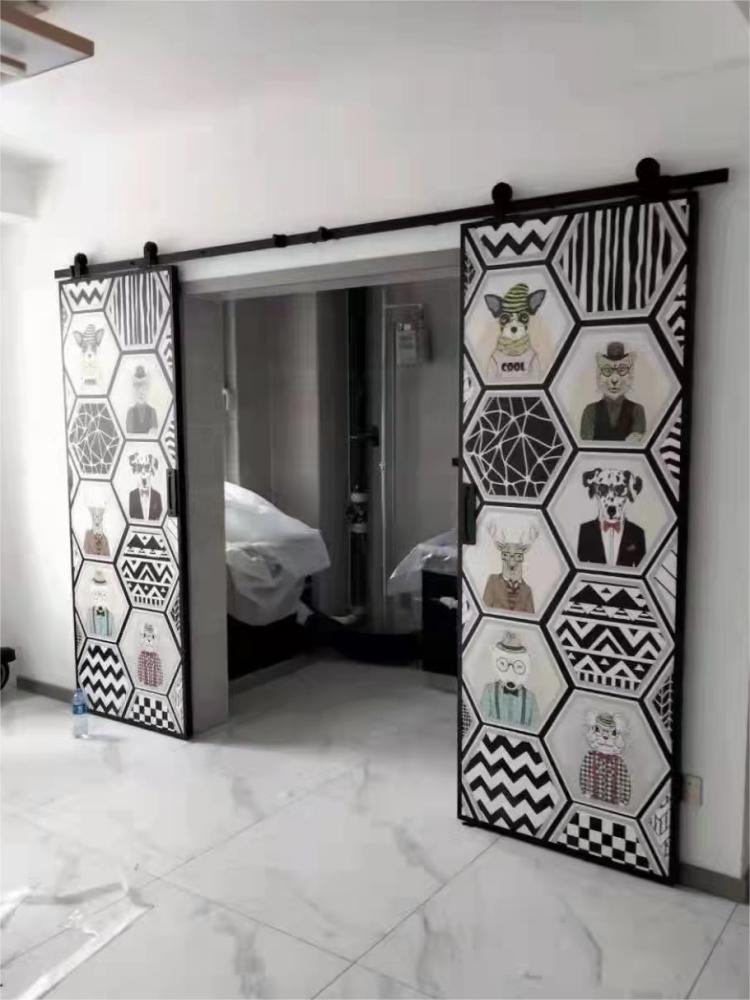

Cons of Using Barn Doors in Interior Design
Barn doors are sliding doors that typically hang from a metal track and cover a doorway or an opening. They can be made from various materials, such as wood, metal, glass, or fabric, and come in different styles, colors, and finishes. Barn doors can add a rustic or modern touch to any space, depending on the door’s material, color, and finish. However, barn doors also have some drawbacks that you should consider before installing them in your home.
Here are some cons of using barn doors in interior design:
- Lack of privacy and soundproofing: Barn doors need to seal off a room completely. There is usually a gap between the door and the wall or the floor, allowing light, sound, and air to pass through. This can be an issue if you need privacy or want to keep noise out of a room.
- Space requirement: Barn doors require enough adjacent wall space to slide across. This means you cannot use that wall space for art, shelving, or other features. It also means that the door may block light switches, power outlets, or windows when open.
- Noise: Barn doors can be loud when they open and close. The door sliding on the track can resemble rumbling thunder, depending on the hardware. This can be unpleasant if you want a quiet environment or don’t want to disturb others in the house.
- Cost: Barn doors can be expensive compared to traditional doors. You need to buy the door, the track, the rollers, the brackets, and the screws. You may also need to hire a professional to install them properly. Additionally, barn doors may not fit standard door frames, so you may need to modify the opening or the door to make them work.
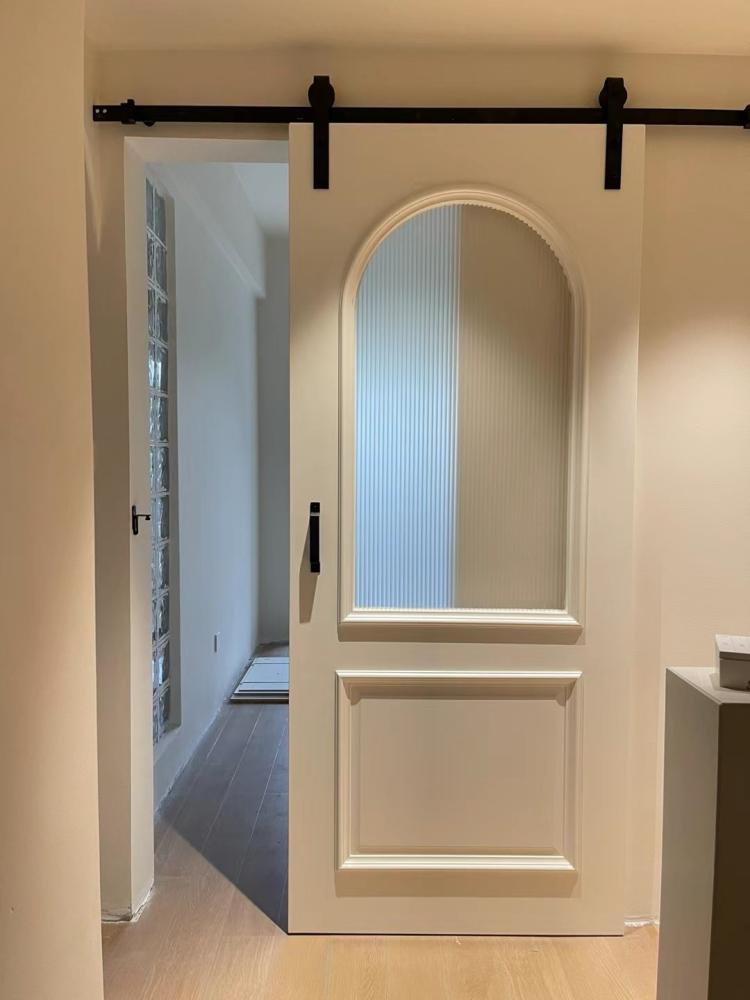
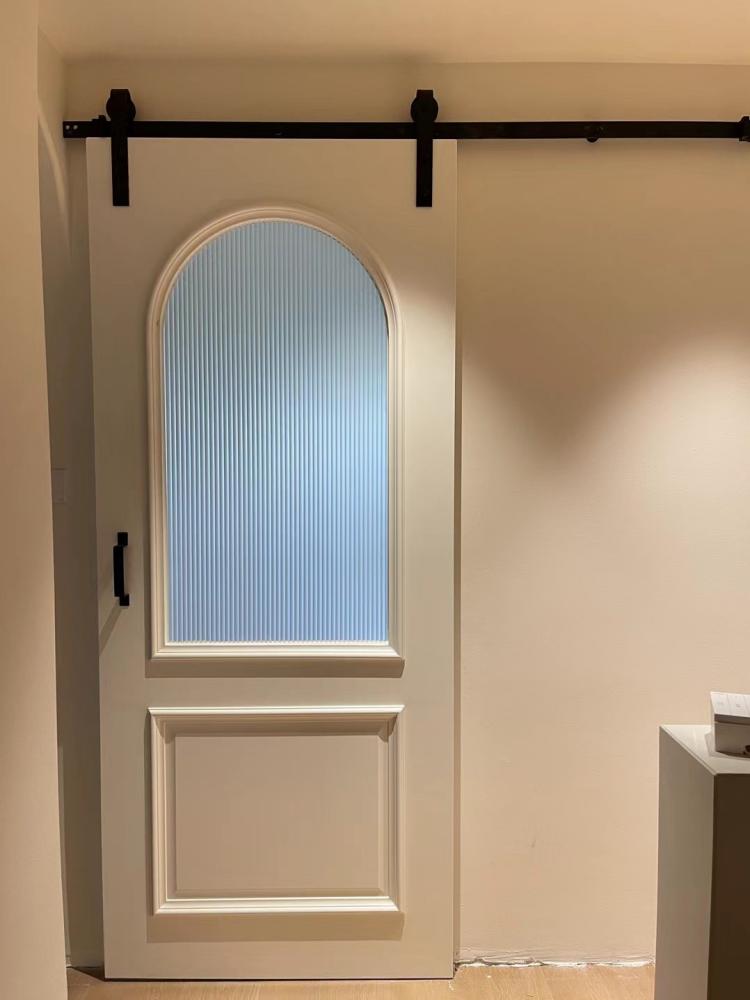
Factors to Consider Before Incorporating Barn Doors into Your Interior Design
Barn doors are a popular and versatile option for interior design, but they also come with some challenges and limitations. Before you decide to install a barn door in your home, here are some factors to consider:
Space: You need enough wall space next to the door opening for the barn door to slide along a track. This means you cannot have any furniture, outlets, switches, or other obstacles that interfere with the door’s movement. You must also ensure the floor is level. Otherwise, the door might not stay in place.
Privacy: Barn doors do not create a tight seal like conventional doors, so they are ineffective at blocking sound or light. This might be an issue if you want to use them for rooms that require more privacy or insulation, such as bathrooms or bedrooms. Consider adding curtains, blinds, or other window treatments to enhance the privacy of your barn door.
Style: Barn doors can fit into various interior design styles, from rustic to modern, depending on the material, color, finish, and hardware you choose. You can also customize your barn door to match your taste and preference. However, you should also consider how the barn door will complement the rest of your décor and architecture and whether it will suit the function and mood of the room.
Cost: Barn doors can vary in price depending on the installation’s size, quality, and complexity. The average sliding barn door cost is $600, but it can range from $200 to $1,000 or more. You should also factor in the price of hiring a professional installer if you need more confidence in your DIY skills.
Cost Considerations for Barn Door Interior Design
Barn door interior design is a popular and stylish way to separate rooms and save space in your home. However, before you install a barn door, you should consider the cost of the door, the hardware, and the installation.
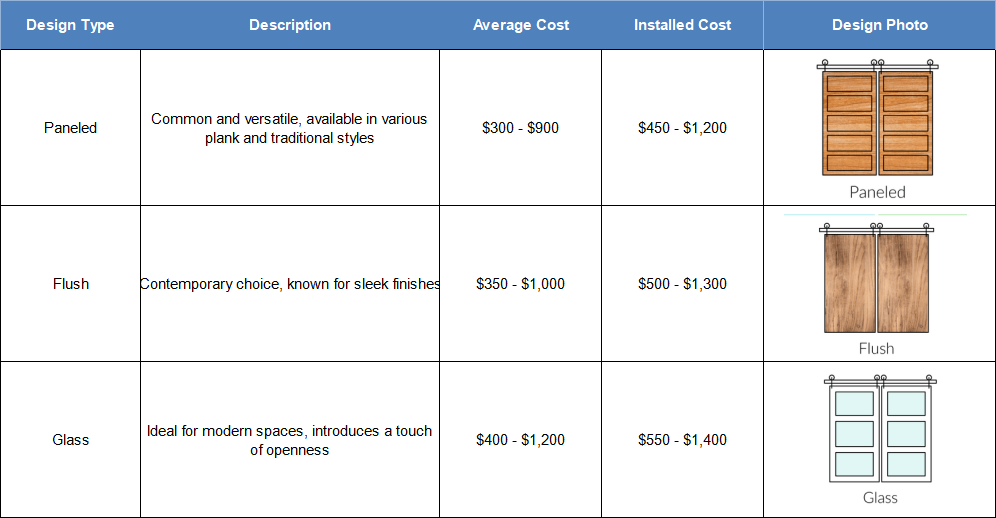
The cost of barn door depends on the material, size, and style you choose.
According to HomeAdvisor, the average price of a sliding barn door is $1,825, with a range between $600 and $3,050. Wood, metal, vinyl, and MDF are the most common materials for barn doors. Each material has advantages and disadvantages regarding durability, maintenance, appearance, and weight. For example, wood barn doors are more expensive and heavier than vinyl ones but have a more natural and rustic look. Metal barn doors are more durable and low-maintenance than MDF barn doors but also require a stronger and more expensive hardware kit.
The hardware kit includes the track, rollers, handles, and other accessories that allow the door to slide along the wall. The hardware kit’s cost depends on the components’ quality, length, and style. According to Fixr, the average price of a hardware kit is $250 to $500. However, some custom or specialty hardware kits cost up to $1,000. You should also consider the weight capacity and compatibility of the hardware kit with your door and wall.
The installation cost depends on the project’s labor, complexity, and location. Installing a barn door requires measuring, drilling, leveling, and securing the track and door to the wall. It may also require modifying or reinforcing the wall to support the weight and movement of the door. HomeAdvisor says the average labor cost for installing a barn door is $350 to $550.
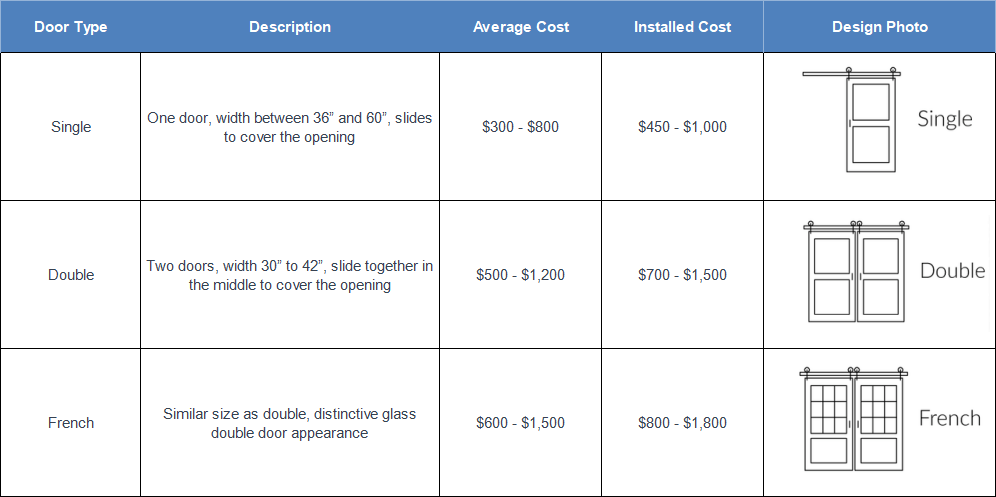
However, some factors that can increase the installation cost are:
- Installing a double or bi-parting barn door instead of a single one
- Installing an exterior barn door instead of an interior one
- Installing a barn door on a curved or angled wall
- Installing a barn door on a wall with electrical wiring or plumbing
- Installing a barn door on a wall with windows or other obstacles
To summarize, the cost considerations for barn door interior design are:
- The material, size, and style of the door
- The quality, length, and type of the hardware kit
- The labor, complexity, and location of the installation
Depending on these factors, the total cost of installing a barn door can range from $600 to $4,000 or more. Therefore, you should research and compare different options before deciding.
Types of Barn Doors and Their Unique Characteristics
Barn doors are sliding doors that add a rustic and stylish touch to any interior space. They come in various types, materials, and designs, each with unique characteristics.
Here are some of the common types of barn doors and what makes them stand out:
Wooden barn doors
These are the most traditional and classic type of barn doors, made from solid wood planks or panels. They can have different finishes, colors, patterns, and hardware to suit different styles and preferences. Wooden barn doors are durable, warm, and natural but can also be heavy, expensive, and prone to warping or cracking over time.
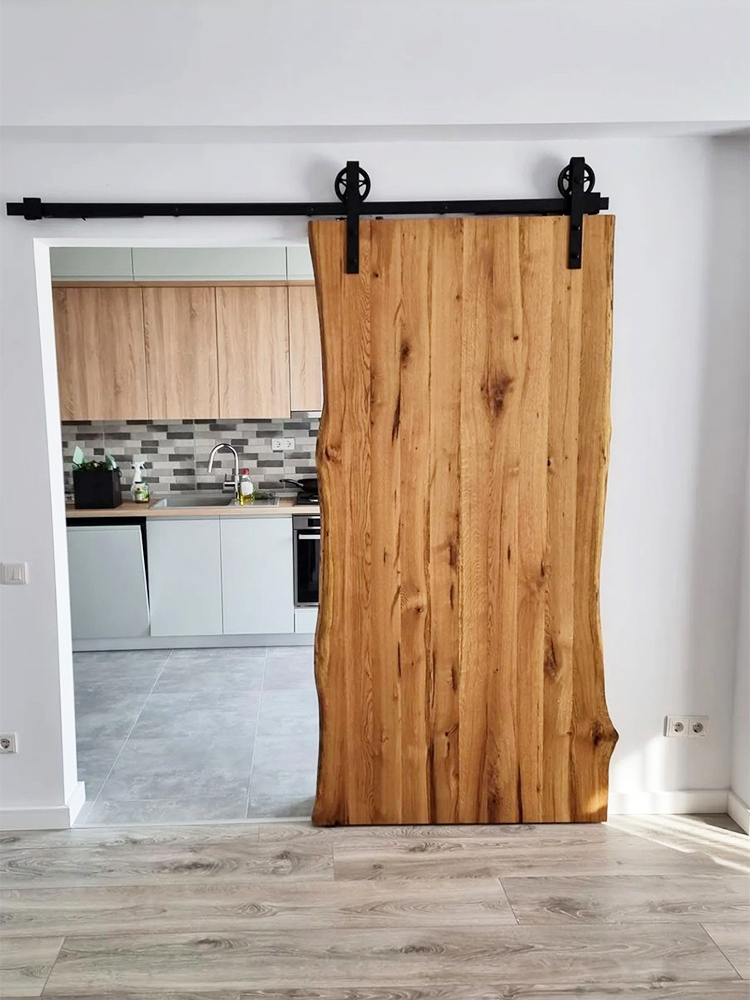

Glass barn doors
These are barn doors that have glass panes or panels instead of wood. They can be clear, frosted, tinted, or textured, depending on the desired level of privacy and light. Glass barn doors are sleek, modern, and elegant but can also be fragile, noisy, and hard to clean.

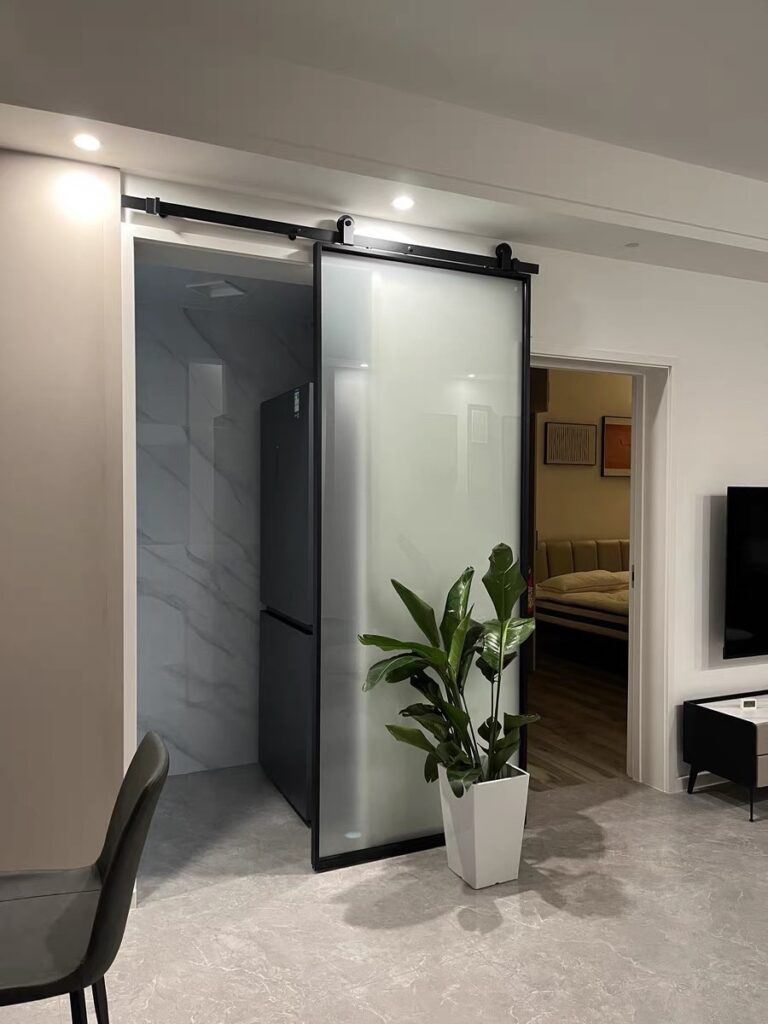
Mirror barn doors
These barn doors have mirrors on one or both sides of the door. They can create the illusion of more space and light in a room and serve as a functional dressing mirror. Mirror barn doors are versatile, glamorous, and practical but can also be heavy, costly, and risky if they break.
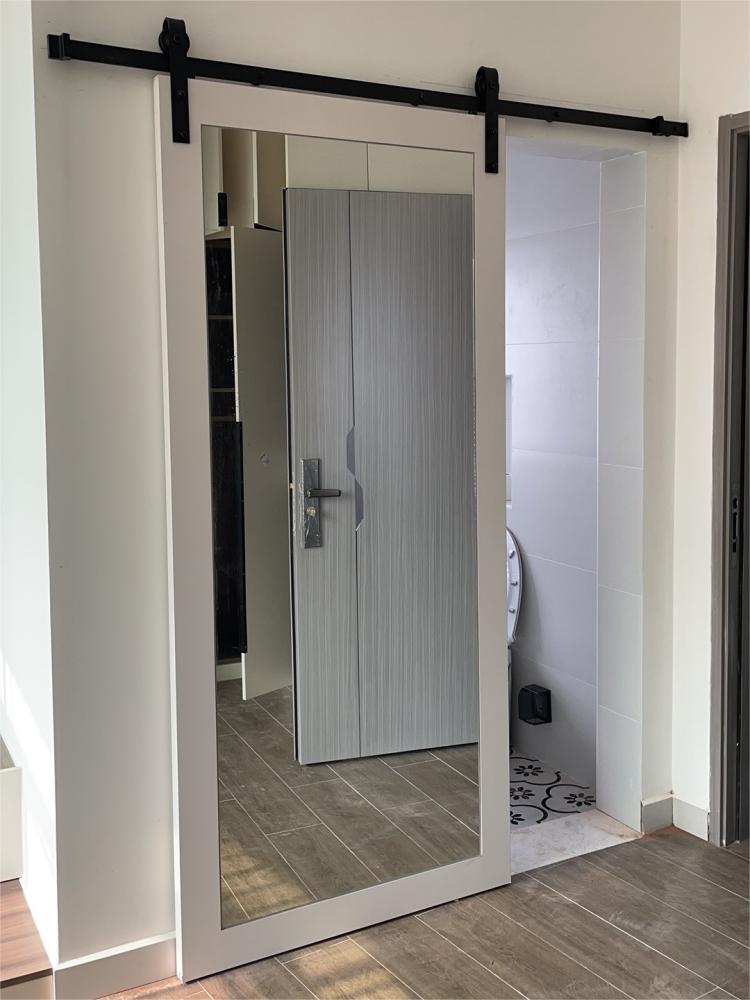
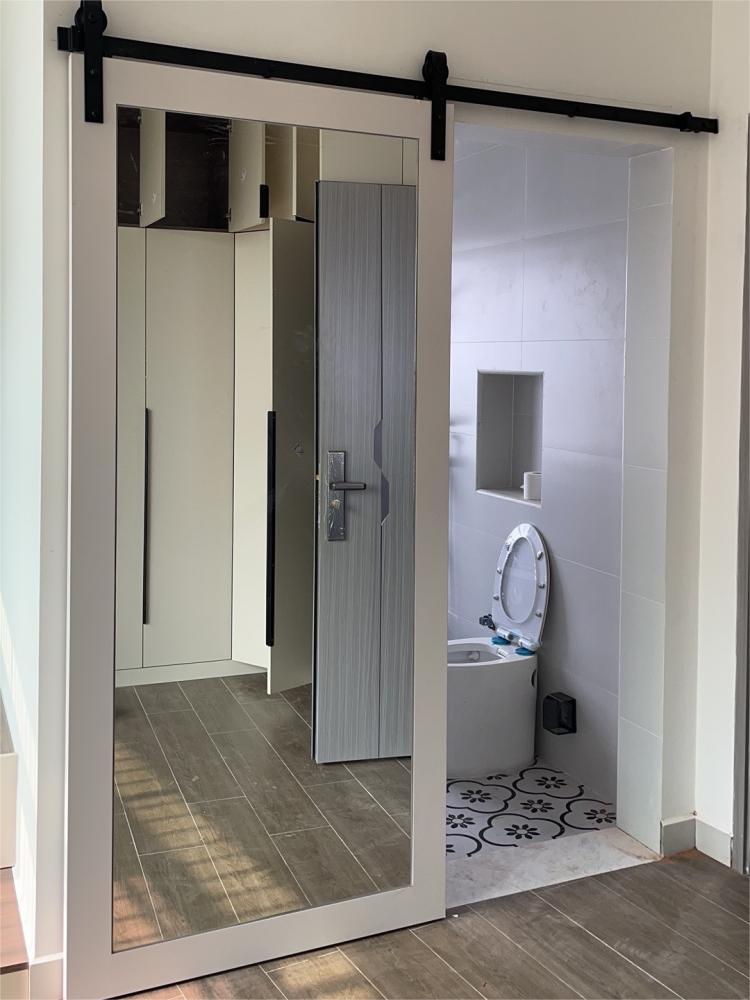
Metal barn doors
These are barn doors that are made from metal sheets or frames. They can have different finishes, such as steel, iron, copper, or bronze. Metal barn doors are sturdy, industrial, and edgy but can also be cold, loud, and prone to rusting or denting.
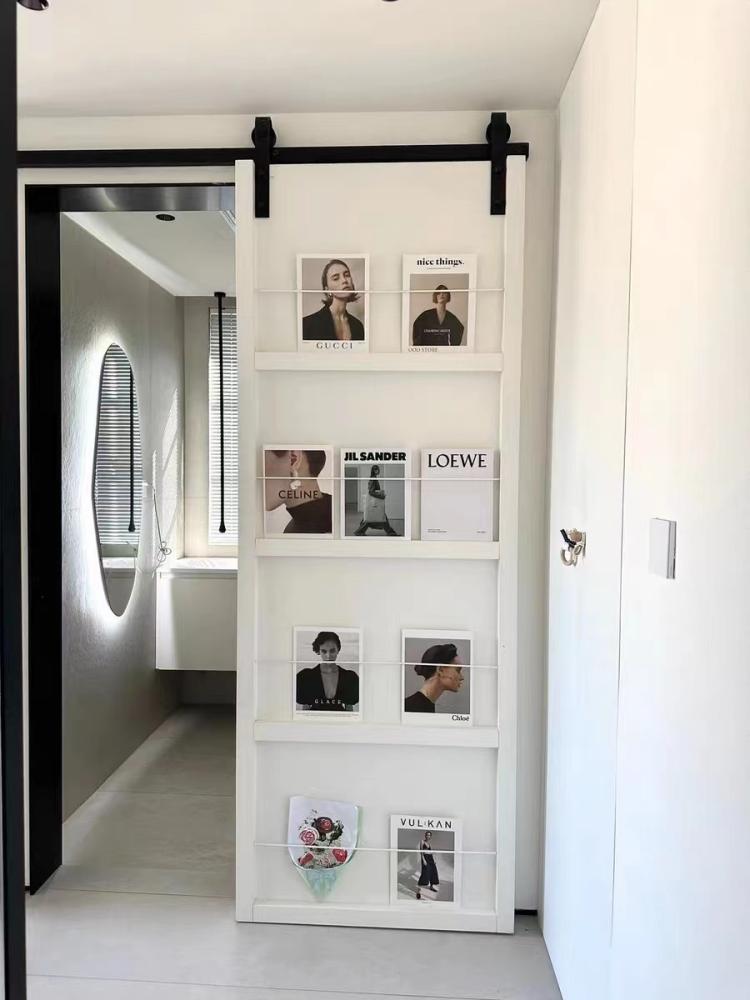
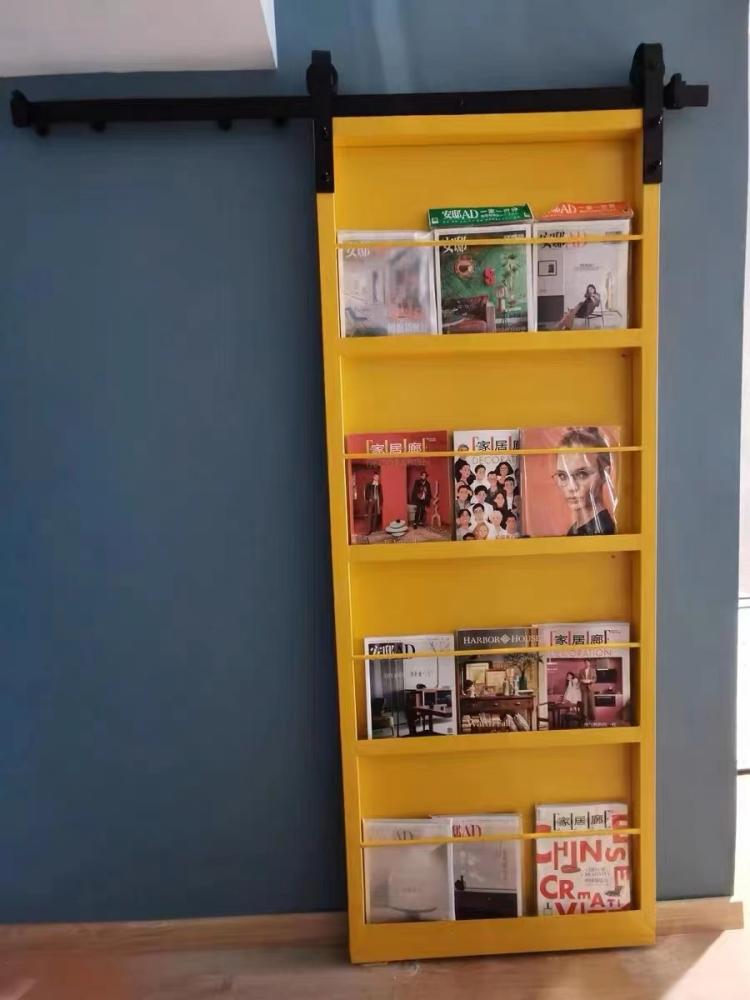
How to Choose The Right Barn Door for Your Space?
Choosing the right barn door for your space can be fun and rewarding but also requires some planning and preparation. Barn doors are sliding doors that add a rustic and stylish touch to any interior space. They come in various types, materials, and designs, each with unique characteristics.
Here are some steps and tips on how to choose the right barn door for your space:
Measure your space.
Before you buy a barn door, you need to measure the dimensions of your doorway, wall, and floor. You must also check for any obstacles or obstructions that might interfere with the door’s movement, such as furniture, outlets, switches, or windows. The barn door you choose should be slightly larger than the opening of the door frame so that it can cover it completely. You also need enough wall space next to the door opening for the barn door to slide along a track.
Choose your installation type.
There are two main ways to install a barn door: slab or sliding/track. A slab barn door is just the door itself, without any hardware included. Mix and match different entries with different hardware to create your custom look. A sliding/track barn door consists of the track and rollers needed for your sliding barn door. You can choose from different track styles and lengths to suit your preference.
Choose your design.
Many different barn door designs exist, such as paneled, flush, or glass. Paneled barn doors feature rails and stiles that form a pattern on the door, such as a raised X or Z shape. Flush barn doors are flat and smooth, without any visible joints or seams. Glass barn doors have glass panes or panels instead of wood, which can be clear, frosted, tinted, or textured. You can customize your barn door with different finishes, colors, patterns, and hardware.
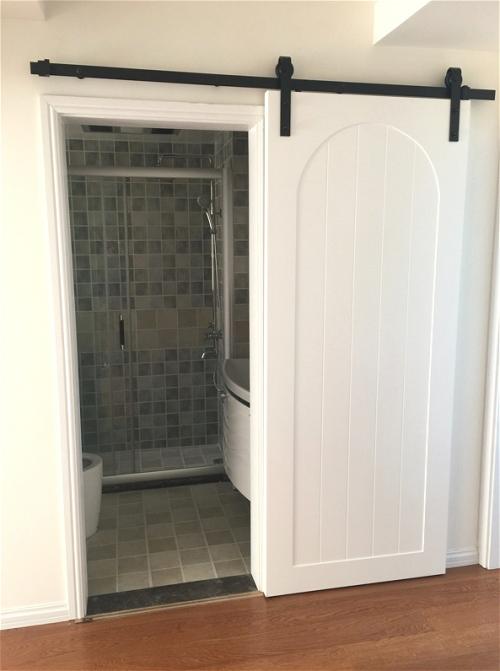
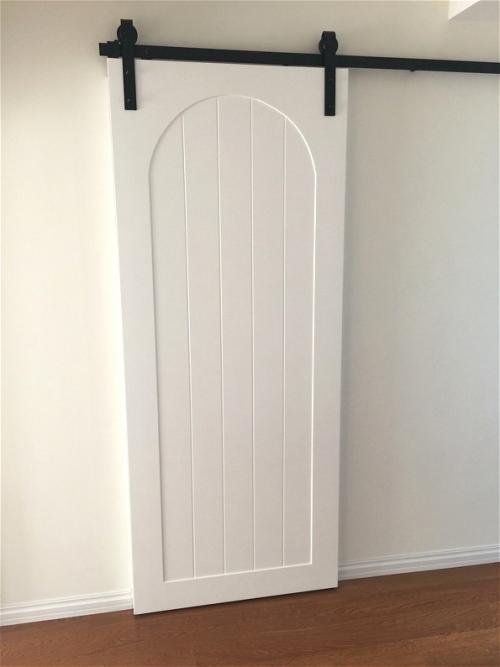
Choose your material.
Wood is the most common barn door material, which can have different types, grains, and textures. Wood barn doors are durable, warm, and natural but can also be heavy, expensive, and prone to warping or cracking over time. Other barn door materials include metal and manufactured wood. Metal barn doors are made from metal sheets or frames with different finishes, such as steel, iron, copper, or bronze. Metal barn doors are sturdy, industrial, and edgy but can also be cold, loud, and prone to rusting or denting. Manufactured wood barn doors are made from composite materials that mimic the appearance of wood, such as MDF or plywood. Manufactured wood barn doors are lighter, cheaper, and more resistant to moisture and insects than real wood.
Consider your style.
Barn doors can fit into various interior design styles, from rustic to modern, depending on the material, color, finish, and hardware you choose. You should consider how the barn door will complement the rest of your décor and architecture and whether it will suit the function and mood of the room. For example, if you want a cozy and intimate atmosphere in your bedroom or bathroom, you might want a solid wood barn door with a dark stain and wrought iron hardware. If you want a sleek and elegant look in your living room or office, you might want a glass barn door with a white frame and chrome hardware.

